1. Ranch ingenuity: Hydraulic barbed-wire puller
Published Feb. 2 – 1,298 views
The year’s most read online story was an equipment article describing an invention born from necessity. Trey Kocurek decided to take parts from a rusted-out cotton module truck and repurpose the pieces into a hydraulically driven barbed-wire puller.
Kocurek put the equipment together to help his uncle for a project requiring the re-use of 12 miles of three-strand barbed wire.
After locating a clean chain drive, shaft and sprockets, Kocurek welded the discs into a wheel and then sandblasted items for a proper paint job. The puller is activated by a switch inside of a Bobcat, from which the operator, staying in the cab, keeps the reel turning.
Kocurek entered his project in the 2014 San Antonio Stock Show and Rodeo, winning second place with the hydraulic barbed-wire puller.
PHOTO: The barbed-wire puller is fashioned from worn discs, a scavenged chain drive, shaft and sprockets from a cotton module truck. It was then sandblasted for the final finish. Photo courtesy of Trey Kocurek.
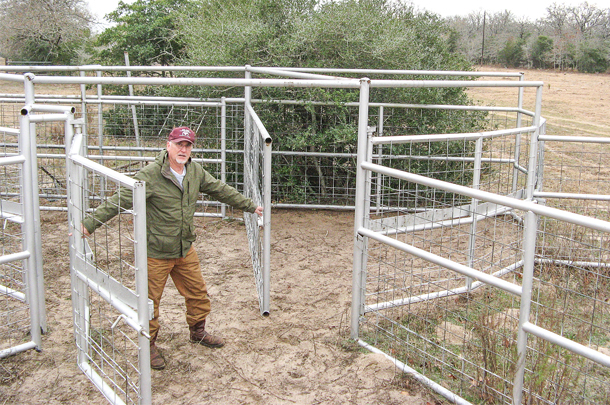
2. One-man corrals reduce labor requirements
Published June 24 – 1,271 views
For the cattleman who routinely finds himself on the short hand of the stick personnel-wise, low-stress animal handling isn’t exactly stress-free.
But the use of one-man corrals for processing season, when cattle are vaccinated, branded, castrated and dehorned, has provided easier access for cattle and their care providers.
Robert Fears’ article from the July equipment and facilities issue explained the benefit and ease associated with one-man corrals. One-man corrals are typically circular and have lesser labor requirements, but they are assembled with the same objectives as regular corrals – to entice cattle to move voluntarily and with less stress.
PHOTO: Curved gates in the crowding pen provide cattle sorting capability. Photo courtesy of Robert Fears.
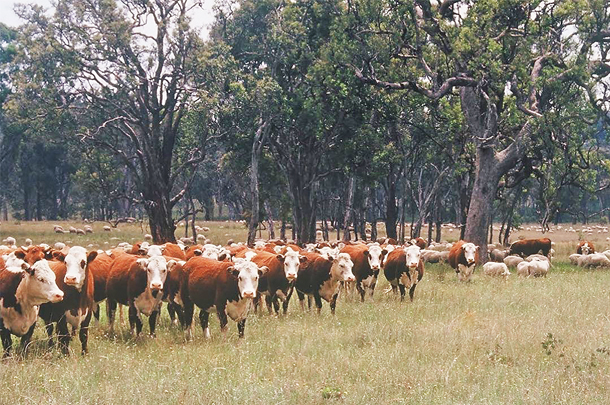
3. Why science doesn’t support rotational grazing
Published June 24 – 1,157 views
Ben Norton, an emeritus associate professor at Utah State University, provided a unique look into the history of scientific study of rotational grazing results. His assessment: Most research into grazing has studied stocking rate and timing of rotations at length but have not included a key portion relevant to commercial cattlemen – livestock distribution.
“Livestock are creatures of habit, just like we are. In a supermarket, we forage in familiar places, in aisles that stock the food we like and are accustomed to.
“Livestock return to those places in the paddock where they have grazed before and establish prominent trails in the process.
“When rotational grazing is introduced to a commercial ranch, the existing paddocks are usually subdivided, creating smaller paddocks.
“If the subdivisions are rotationally grazed, livestock will graze at a higher density than occurred in large paddocks, and they will tend to graze over the entire available area of the smaller paddock.
“The change in livestock distribution due to paddock subdivision and rotation is the missing piece in the rotational grazing puzzle.”
To read Ben Norton’s response and updated background on this research, go to "Author adds insight to his rotational grazing research"
PHOTO: Cattle and sheep on a rotational grazing schedule. Photo courtesy of Ben Norton.
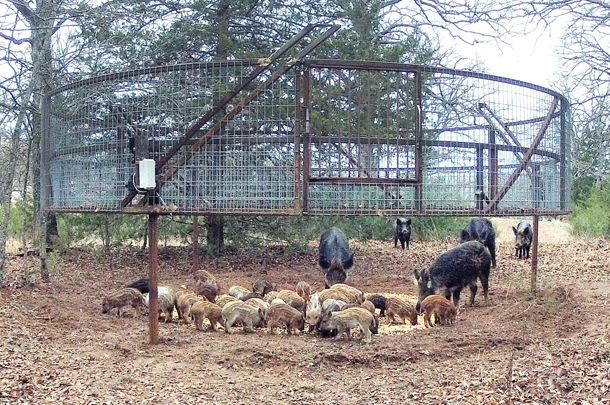
4. BoarBuster, a hybrid trap to control feral hogs
Published Feb 24 – 1,085 views
If you ranch in the Southwest, you know feral swine are a problem that hits the herd, the property and the pocketbook. Feral swine have been cited as costing $1.6 billion in damages to agriculture.
The Noble Foundation of Oklahoma developed a new hybrid trap, combining corral hardware with overhead trapping strategies, and called it the BoarBuster. The results are rather impressive.
Our story on the BoarBuster and its development caught readers’ attention in our March pest control issue. And the video we produced with help from the Noble Foundation was our top video online in 2015. Check that out at "Video: Boarbuster hybrid feral swine trap"
PHOTO: The BoarBuster is a suspended circular corral trap that drops down on a 18-foot-diameter area to catch up to 30 swine. Photo courtesy of Noble Foundation.
5. Midwest feeding operations expand, revamp with hoop barns
Published March 24 – 895 views
Freelancer Wendy Sweeter examined the growing trend of feedlots in colder Midwestern states expanding with hoop barn facilities in this April issue story.
The story referenced two operators: Adam Blume of Worthington, Minnesota, and Scott VanderWal of Volga, South Dakota.
Both of these owners took careful precautions in how they segmented their lots for space per head. VanderWal had to build his expansion around a deep pit barn. Blume was going to build a monoslope barn. In the end, they both went with hoop barns.
Read their story to learn more about their decision-making.
6. Reigle Cattle Company’s plan for uncertain financial climates
Published April 23 – 872 views
This profile of the Reigle Cattle Company near Madison, Nebraska, provided readers with a picture of how today’s feeders navigate risky markets and fluctuating cattle prices. The Reigles have done their fair share of research in that regard.
Since the Reigles own all of the 10,000 cattle they feed, there can be some unsettling moments in watching cattle prices. But the Reigles have learned to not just survive but also thrive with those realities.
They raise their own feed, buy cheaper feeders, add incrementally and stay BQA-certified.
It’s a strategy that has paid off since their opening in 1973. And regardless of how markets swing, they intend to stay true to the proven plan.
7. Top 10 beef cow-calf management myths, part 1
Published July 24 – 821 views
Producers throughout the beef industry commonly ask many of the same questions to veterinarians and nutritionists. In this herd health article from August, Ohio State University vet medicine assistant professor Lowell Midla tackles five of the main herd health frequently believed myths held to be true by ranchers and cattlemen.
Many of the questions pertain to antibiotic efficacy, using antibiotics for scours, vaccine efficacy and when to re-vaccinate.
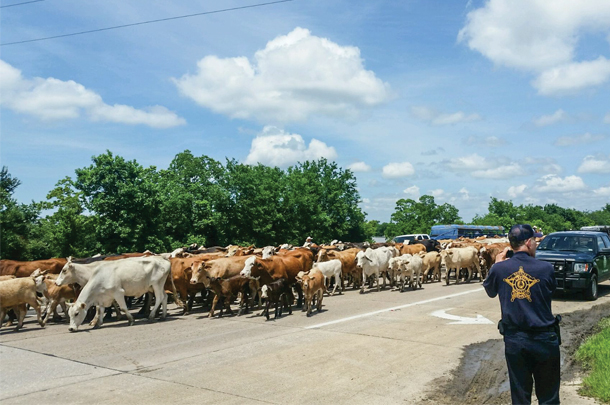
8. A flood of attention for Texas cattle rescue
Published June 10 – 606 views
The rains in east Texas led to a swollen Trinity River; the situation grew dire for Liberty Bell Ranch near Dayton. So owner Pat Henscey and his crew moved quickly to relocate their cattle off its pastures alongside the river – and found a community ready to help out.
Locals joined state officials with airboats to transport calves and navigate the herd through the shallowest portions of the river.
Before long local Houston media were at the scene, and those images were broadcast to national TV and computer screens. Local community members also lined the streets as cattle moved through the town of Dayton.
By the time the 7-mile transition was done and cattle were safely moved, Henscey guessed around 200 mother cows and 100 calves out of a herd of 350 were saved.
And worldwide, viewers got to see how cattle ranching is still done in the heart of Texas.
PHOTO: Community members lined the streets and marveled at the scene as a 300-head herd of cattle pushed through. Photo courtesy of Capt. Ken DeFoor of Liberty County Sheriff’s Office.
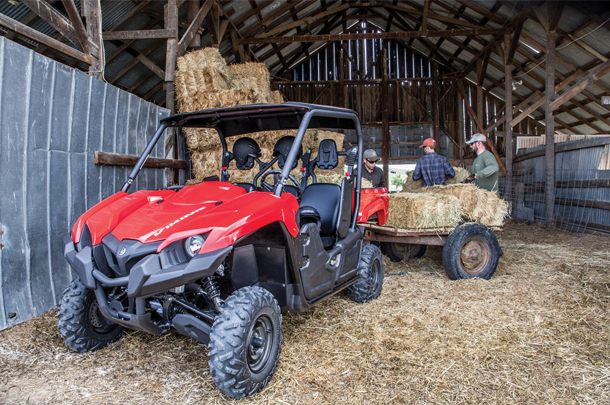
9. New breed of workhorse: Side-by-side utility vehicle
Published May 29 – 574 views
In this article published in a May PC Extra newsletter, Steve Nessl of Yamaha Motor Company highlights a few of the factors that explain why side-by-side vehicles have become the preferred mode of work transportation on a ranch.
The side-by-side wheelbase offers passengers a safer and more rewarding off-road experience without damaging terrain. The ability to use add-on equipment is also appealing to ranchers with the many various jobs they see.
Manufacturers now identify farmers and ranchers as the fastest-growing segment of the customer base, Nessl states.
PHOTO: Side-by-side ATVs have been made with ranchers’ and farmers’ considerations for work tasks. Photo courtesy of Yamaha.
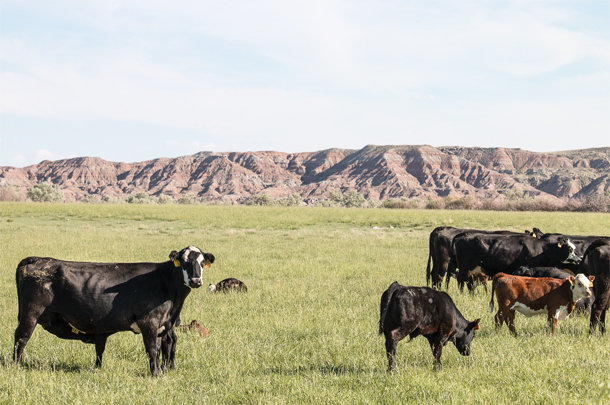
10. Points of weaning for cow and calf
Published July 24 – 573 views
Woody Lane, an independent livestock nutritionist and ag business author from Oregon, joined us as an author in 2015.
His common sense and straight-talk writing style translates well to Progressive Cattleman readers, as proven by his August issue story on keys to early weaning management in dams and calves. ![]()
PHOTO: These calves, near Basin, Wyoming, graze high-quality, young pastures that can equal or surpass the nutritional value of standard grain-based creep feeds. Photo courtesy of Lynn Jaynes.






